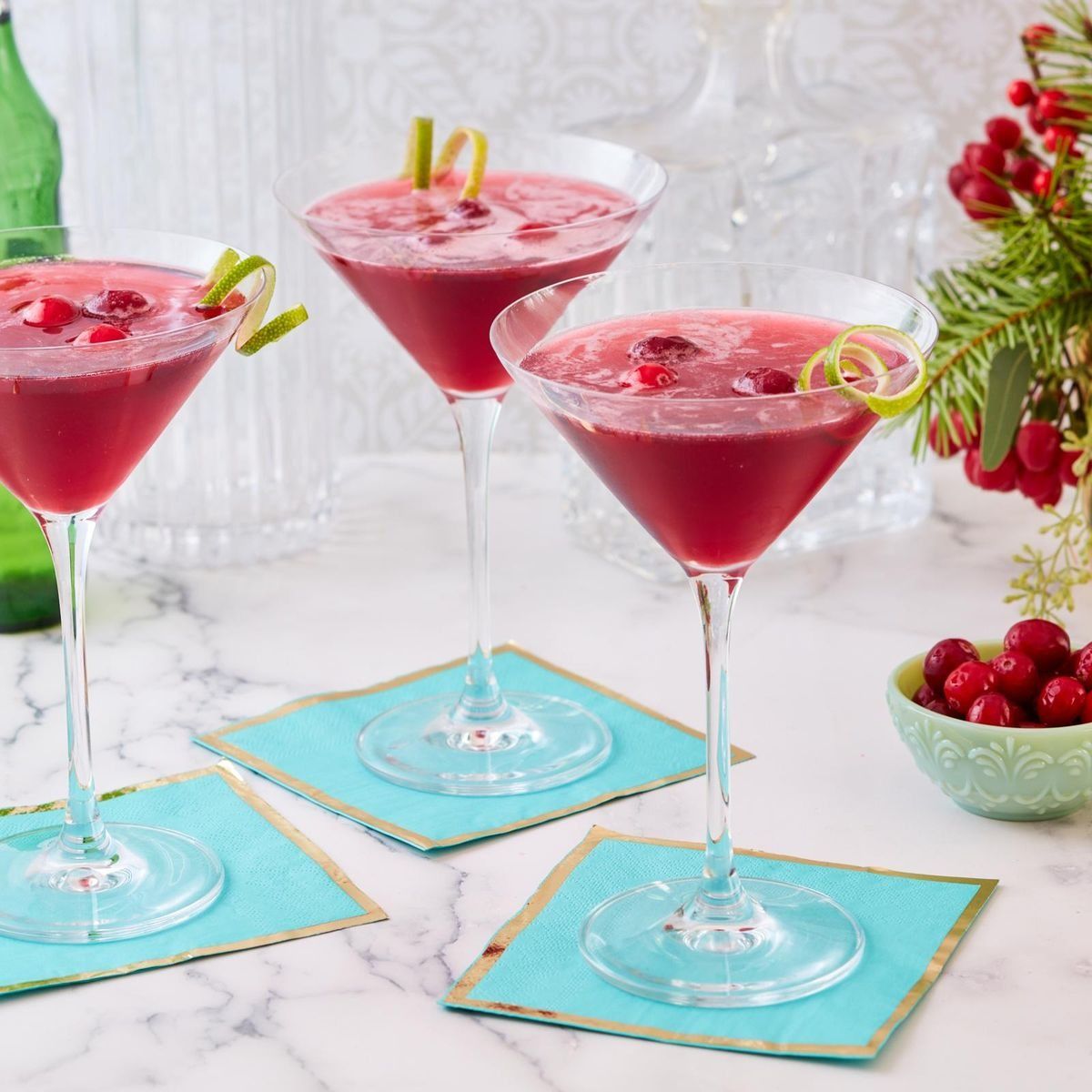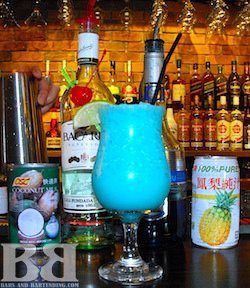
There are many things to be aware of when hiring staff members for a restaurant. These include compensation packages and organizational charts, as well scheduling. These elements will streamline the hiring process and make sure that people are happy at their jobs. These are essential for creating a work environment that encourages productivity.
Job description
A Job description is essential to ensure that you hire the best staff possible for your restaurant. This document should describe the roles and responsibilities of each staff member and include the restaurant's mission statement. It will be easier to attract candidates who share your values and philosophies by creating a Job Description.
The restaurant's manager is responsible for overseeing the operation. They supervise the staff in the kitchen, as well as ensure that the food and drinks are properly prepared. They also supervise back-of–the-house staff, train and hire new employees, and maintain facilities. They make sure that the food is prepared to the client's specifications, and that the service is efficient. They might consult with clients to make specialized menus.
Compensation packages
Restaurant workers care a lot about their compensation, both in hard cash and benefits. There are many reasons why people would leave a job. One reason is the opportunity to earn a higher salary elsewhere. Increased turnover is also being caused by a recent decrease in restaurant manager bonuses. Multi-unit managers who saw their target bonuses decline sharply have been the ones that have suffered the biggest losses. General managers are also receiving smaller bonuses than corporate executives.

The restaurant industry is changing rapidly, and so must the benefits that are offered to their employees. The past century saw the restaurant industry dominated by corporate-sponsored pension and health plans. Today's workers expect more. Offering a competitive salary and a generous benefits package is a great way to attract top talent and keep your staff happy.
Organization chart
You can use an organization chart to help determine the roles of employees at your restaurant. This chart is often hierarchical so it's important to keep that in mind when creating one. A functional or matrix organizational diagram may be appropriate depending on the size and complexity of your business. A matrix organizational chart is most appropriate for a business with dozens or hundreds of employees.
According to the size of a restaurant, organizational charts for employees at restaurants can be simple or complex. A large restaurant might have multiple managers that oversee various divisions such as food preparation, maintenance and customer service. A small restaurant might have a single manager who oversees the other managers, and an assistant manager who manages the kitchen staff.
Scheduling
You need to take into account the strengths and needs of your staff when creating a schedule for a restaurant. Because they are able to handle the rush, you want to schedule the most competent employees during peak hours. However, it is important to give less-busy shifts for newer employees. For instance, some positions require working weekends or certain holidays, and you'll want to match employees to those shifts.
Fortunately, modern restaurant scheduling software has features that can make this process easier. The software can create a schedule automatically and send emails or texts to employees when shifts change. You'll be able to see ahead of time who is available to work.

Training
There are many things you can do to ensure that your servers have the right training and are performing their tasks correctly. Mystery diner surveys are a great way to measure employee efficiency and customer satisfaction. Periodic performance reviews are another way to assess staff. These reviews will help you gauge your employee's productivity, attitude, as well as other strengths and limitations. These reviews should be conducted once a year by seasoned staff and every six to twelve month for new employees.
Restaurant workers must be trained in many ways to keep their environment clean. They must be skilled in handling chemicals, heat, or sharp objects. Aside from being aware of hazards in the workplace, staff members should know how to minimize the risk. Employees must be aware and alert to potential hazards in the workplace.
FAQ
What goes with a martini?
There are many things you could put in a martini. Here are some tips:
-
Olives
-
Lemon slices
-
Maraschino cherries
-
Peanuts
-
Cheese cubes
-
Pickles
-
Caviar
-
Grapes
-
Strawberries
-
Ice cream
-
Shrimp
-
Crabmeat
-
Oysters
-
Sushi rolls
-
Bacon bits
-
Hard-boiled eggs
-
Cocktail onions
Which 10 mix drinks are most popular?
These are the top ten most-popular mixed drinks:
-
Cosmopolitan (2 oz vodka + 1/4 oz cranberry juice + 2 oz club soda)
-
Margarita (3 oz tequila + 3 oz lime juice + 1 tsp sugar)
-
Mojito (2 oz light rum + 4 oz fresh mint leaves + 1/2 cup crushed ice)
-
White Russian (2 oz vodka + 2 oz heavy cream + 1 tbsp Kahlua coffee liqueur)
-
Screwdriver (2 oz vodka + 6 oz orange juice + 1/2 tsp grenadine syrup)
-
Daiquiri (1 oz white rum + 1/2 oz maraschino cherry juice + 1/2 oz lime juice + 1/8 tsp simple syrup)
-
Pina Colada (2 oz coconut rum + 1/2 cup pineapple juice + 1/2 cup unsweetened coconut flakes)
-
Hurricane (1 oz dark rum + 1/2 ounce amaretto + 1/2 oz pineapple juice + 1/4 oz lime juice + 1 oz ginger ale)
-
Moscow Mule (2 oz vodka + 5 oz ginger beer + 1/4 oz simple syrup)
-
Long Island Ice Tea (2 oz gin + 7 oz sweet & sour mix)
What are the best drinks to order in a bar for beginners
Ordering a beer is a great way to begin drinking. If you're not sure which beer you should order, ask the bartender.
A dry white wine is the best choice if you are looking to enjoy wine. Reds are your preference, so try a light-bodied Pinot Noir (or Merlot) A martini and margarita are great cocktails.
You can always ask the bartender for help if you don’t know what order to make.
Statistics
- According to a post on Quora, the average bartender can make upward of 140 drinks per hour. (gloworder.com)
- The tequila should be 100 percent agave, not the cheaper “mixto” products, which blend a minimum of 51 percent agave with other sugars. (cooking.nytimes.com)
- with a light percentage of 4.2% or any with a light percentage of 4.2% or any Coors/Bud/Miller Lite, which also is 4.2% (breakingtheboredom.com)
- majority of pineapple juice and Malibu rum is only 21% alcohol content. (breakingtheboredom.com)
External Links
How To
How to make mixed beverages?
Mixed drinks are created from different ingredients, such as juices, spirits, liqueurs and syrups. These ingredients are then combined to make one drink. Mixing a cocktail involves combining two or three liquors with water and ice to produce a beverage containing alcohol. It can be made with fresh fruit juice, lemonade and tonic water.
The most common types of cocktails include the following:
-
Margarita - A Mexican cocktail consisting of tequila, triple sec (or Cointreau), lime juice, and salt.
-
Daiquiri is a Cuban cocktail that consists of rum, sugar and lime juice.
-
Mojito, A Cuban cocktail made mostly of mint leaves or rum.
-
Gin and Tonic: A British cocktail that includes gin & tonic.
-
Martini - A cocktail consisting of vermouth, vodka, bitters, and olive oil.
-
Whiskey sour: A whiskey cocktail that includes bourbon and sweetened condensed milk. Lemon juice is added.
-
Sidecar – A French cocktail that consists of orange juice, cognac and grenadine.
-
Collins - A mix of equal amounts of gin, lemon juice and vodka.
-
Manhattan - A cocktail consisting of rye whiskey, sweet vermouth, maraschino cherry, angostura bitters, and seltzer.
-
White Russian: A cocktail made of vodka, Kahlua (a coffee liqueur), and cream.
-
Brandy Alexander – A cocktail made with brandy, creme du cacao, heavy whipping crème, and chocolate syrup.